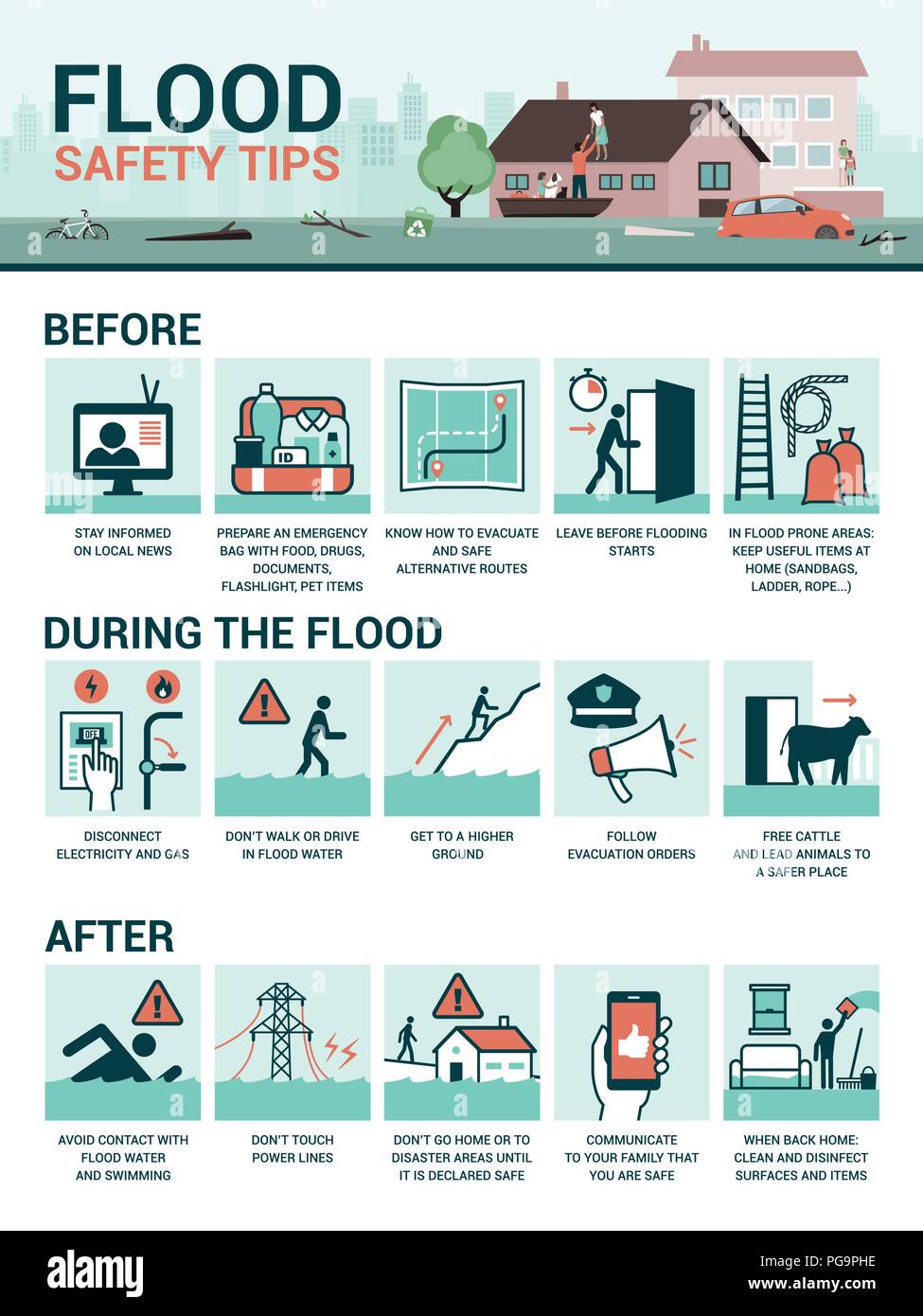Flash Flood Emergency: What To Do Before, During, And After

Table of Contents
Before a Flash Flood Emergency: Preparation is Key
Proactive planning is the best defense against a flash flood emergency. Taking steps before a flood strikes significantly increases your safety and reduces the impact on your life and property.
Develop a Family Communication Plan
A well-defined communication plan is essential during any emergency, including a flash flood. This plan should outline how family members will connect and where they will meet if separated.
- Establish a meeting place: Choose a location outside the flood-prone area, easily accessible and recognizable to all family members.
- Designate an out-of-state contact: Select someone outside the affected area who can serve as a central point of contact for family members to check in. This ensures clear communication even if local lines are down.
- Utilize emergency alerts: Sign up for emergency alerts through your local government and utilize weather apps on your phone. The National Oceanic and Atmospheric Administration (NOAA) Weather Radio is also an excellent resource for receiving timely warnings.
Create a Go-Bag
A well-stocked "go-bag" containing essential supplies is vital for a flash flood emergency. This bag should be readily accessible and easily transportable.
- Essential documents: Keep copies of important documents like identification, insurance policies, and medical records in waterproof bags.
- Food and water: Pack at least three days' worth of non-perishable food and bottled water per person.
- First-aid supplies: Include a well-stocked first-aid kit with bandages, antiseptic wipes, pain relievers, and any necessary prescription medications.
- Other essentials: Flashlights, extra batteries, a portable charger, a whistle, extra clothing, and sturdy shoes should also be included.
Identify Safe Zones and Evacuation Routes
Knowing where to go and how to get there is critical during a flash flood. Familiarize yourself with safe locations and evacuation routes beforehand.
- Higher ground: Identify the highest points in your neighborhood or community that are not prone to flooding.
- Evacuation routes: Learn the designated evacuation routes and the locations of emergency shelters in your area. These are often published on local government websites.
- Multiple escape routes: Plan multiple escape routes in case one becomes blocked by floodwaters.
Protect Your Property
Taking steps to protect your property can minimize damage and reduce the impact of a flash flood.
- Move valuables: Relocate valuable items to upper floors or a safe, elevated location.
- Clear drainage: Ensure gutters, drains, and downspouts are clear to prevent water buildup around your home.
- Consider flood insurance: If you live in a high-risk flood zone, consider purchasing flood insurance, as it's often not covered by standard homeowner's insurance.
During a Flash Flood Emergency: Stay Safe and Alert
When a flash flood warning is issued, immediate action is crucial. Your safety is the top priority.
Immediate Actions
The first few minutes of a flash flood are critical. Follow these steps immediately:
- Stay informed: Turn on your radio or TV for updates and instructions from local authorities.
- Never drive through flooded areas: "Turn around, don't drown" – this is the most important rule. Even a few inches of water can sweep a vehicle away.
- Seek higher ground: If you're in a low-lying area, move to higher ground immediately.
- If trapped indoors: Move to the highest floor of your building.
If Trapped by Rising Waters
If you become trapped by rising waters, stay calm and take these steps:
- Get to the highest point: Climb to the roof or the highest point possible.
- Signal for help: Use a bright light or a brightly colored cloth to signal rescuers.
- Conserve energy: Stay calm and conserve your energy until help arrives.
Emergency Contact
Contact emergency services immediately if you're in danger:
- Call 911 (or your local emergency number): Provide your exact location and a clear description of the situation.
After a Flash Flood Emergency: Recovery and Rebuilding
The aftermath of a flash flood can be challenging, but taking the right steps can aid in recovery and rebuilding.
Assessing the Damage
Once the immediate danger has passed:
- Check for damage: Carefully assess the structural damage to your home and property.
- Avoid flooded areas: Do not enter flooded areas until authorities declare them safe. Water may be contaminated, and hidden dangers may exist.
- Beware of hazards: Be cautious of downed power lines, debris, and other hazards.
Cleaning and Repair
Cleaning up after a flood requires caution:
- Safe cleanup: Use caution when cleaning up flood debris; it may contain hazardous materials.
- Proper disposal: Discard contaminated items properly, following local guidelines for hazardous waste disposal.
- Insurance claim: Contact your insurance company to file a claim as soon as possible.
Seeking Help
Recovery from a flash flood can be a long process; don't hesitate to seek help:
- Government assistance: Contact local authorities and FEMA (Federal Emergency Management Agency) for assistance with recovery efforts.
- Medical attention: Seek professional help for any health concerns related to flood exposure, such as injuries or exposure to contaminated water.
Conclusion
Being prepared for a flash flood emergency is crucial for minimizing risk and ensuring safety. By following these steps before, during, and after a flash flood event, you can significantly improve your chances of survival and recovery. Remember, proactive planning and swift action are key to surviving a flash flood emergency. Stay informed, stay safe, and have a comprehensive flash flood preparedness plan in place. Don't wait until it's too late; develop your flash flood emergency plan today. Protect yourself and your family from the dangers of a flash flood emergency.

Featured Posts
-
 Pobediteli 47 Go Moskovskogo Mezhdunarodnogo Kinofestivalya Nazvany
May 26, 2025
Pobediteli 47 Go Moskovskogo Mezhdunarodnogo Kinofestivalya Nazvany
May 26, 2025 -
 Did Jamie Foxx Make The Right Choice Robert Downey Jr In All Star Weekend
May 26, 2025
Did Jamie Foxx Make The Right Choice Robert Downey Jr In All Star Weekend
May 26, 2025 -
 Nepo Baby Actress Daughter Of Emmy Winner Makes Appearance With Gerard Butler
May 26, 2025
Nepo Baby Actress Daughter Of Emmy Winner Makes Appearance With Gerard Butler
May 26, 2025 -
 La Liga Dramasi Atletico Madrid Hakem Karariyla Espanyol U Gecti
May 26, 2025
La Liga Dramasi Atletico Madrid Hakem Karariyla Espanyol U Gecti
May 26, 2025 -
 L Influence D Elon Musk Sur L Extreme Droite Europeenne Via X
May 26, 2025
L Influence D Elon Musk Sur L Extreme Droite Europeenne Via X
May 26, 2025
